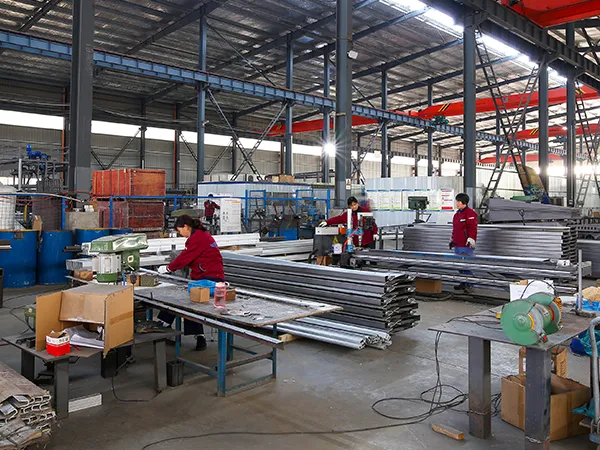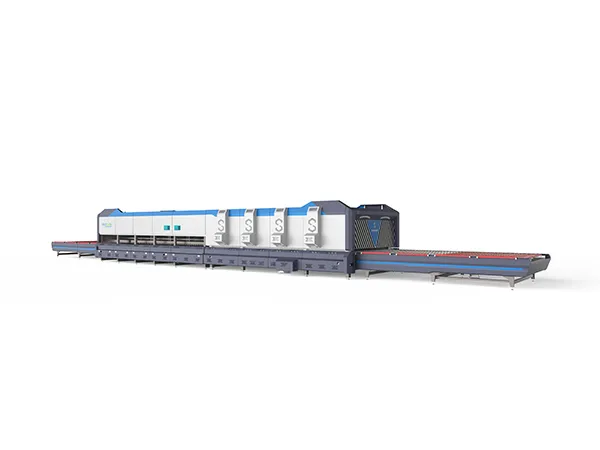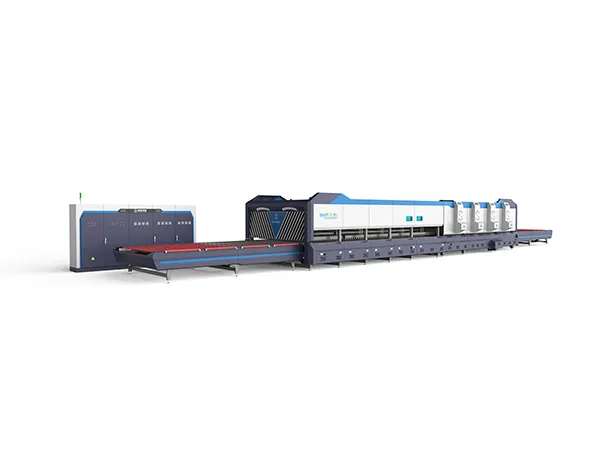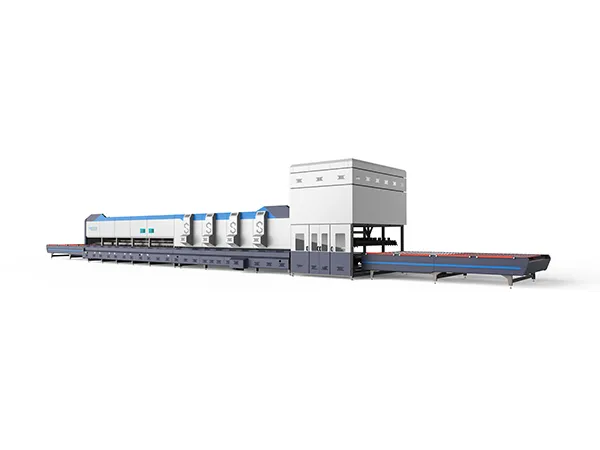A glass tempering furnace is a specialized piece of equipment used in the glass manufacturing industry to temper glass, making it stronger and safer than untreated glass through a specific process. The core of the tempering process lies in heating the glass to a high temperature close to the softening point and then cooling it rapidly, thus creating a pre-stress within the glass, which can significantly improve the strength and durability of the glass. The technical parameters of the glass tempering furnace, like the scales on a precision instrument, directly determine the final quality of the tempered glass, and they are inextricably linked.
To this end, we will be from five key dimensions, the glass tempering furnace technical parameters for in-depth analysis:
1.Temperature setting:
Temperature control during the tempering process is critical. Heating temperature needs to be set precisely to ensure that the glass can be uniformly heated to close to the softening point. At the same time, the temperature stage is also critical, it helps to eliminate the temperature gradient within the glass, to ensure uniformity of the tempering effect. The cooling temperature determines the cooling rate, which in turn affects the size and distribution of the prestress. Different types of glass require different temperature settings due to differences in composition, thickness and thermal conductivity. Therefore, in practice, the temperature parameters need to be flexibly adjusted according to the specific type and specification of the glass.
2. Time settings:
Time parameters also have an important impact on the tempering effect. Heating time needs to be long enough to ensure that the glass can be fully heated; heat time should be determined according to the thickness of the glass and the heating rate to ensure a uniform distribution of temperature; cooling time needs to be rapid and stable to ensure that the pre-stress can be correctly formed. Different types of glass require different time settings due to their different thermal response characteristics. Therefore, in practice, the heating, heating and cooling times need to be accurately controlled to obtain the best tempering effect.
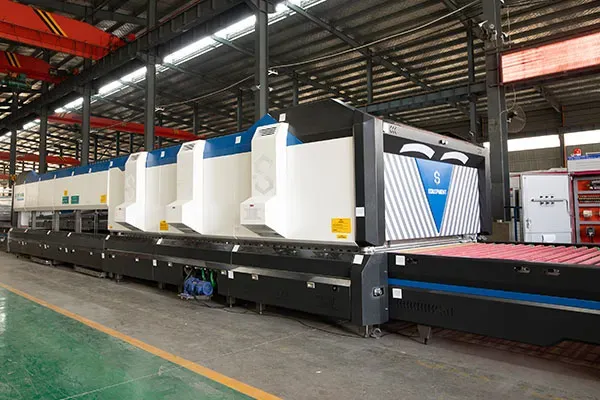
3.Furnace chamber pressure and fuel-air ratio setting:
Furnace chamber pressure has a direct impact on the heating efficiency and quality of glass. Appropriate chamber pressure helps to speed up the heating rate and improve the heating efficiency. At the same time, the furnace chamber pressure also needs to be matched with the cooling system to ensure that the glass in the cooling process can quickly cool down, the formation of a stable pre-stress. Fuel-air ratio is related to the completeness of combustion and the efficiency of energy utilization. Reasonable fuel-air ratio helps to reduce the pollutants produced by combustion and improve the efficiency of energy utilization. In practice, the furnace chamber pressure and fuel-air ratio need to be flexibly adjusted according to the type of glass, specifications and production requirements.
Furnace pressure is generally set to 0.2-0.6MPa, in order to ensure that the heating rate and heating efficiency of the balance; fuel - air ratio is usually set to 1.05-1.2, in order to meet the needs of the complete combustion; combustion air volume is generally 16,000-32,000Nm³/h, in order to ensure that the stability of the gas flow in the furnace chamber and uniformity.
4. Equipment structure and auxiliary equipment parameter settings:
The specification size of the glass tempering furnace directly affects its production capacity. Large tempering furnace is suitable for mass production, while small tempering furnace is more suitable for small batch or customized production. In addition, the cooling fan wind speed, wind pressure and other parameters also directly affect the cooling speed of the glass and tempering effect. In practice, it is necessary to choose the appropriate equipment structure and auxiliary equipment parameters according to the type of glass, specifications and production requirements.
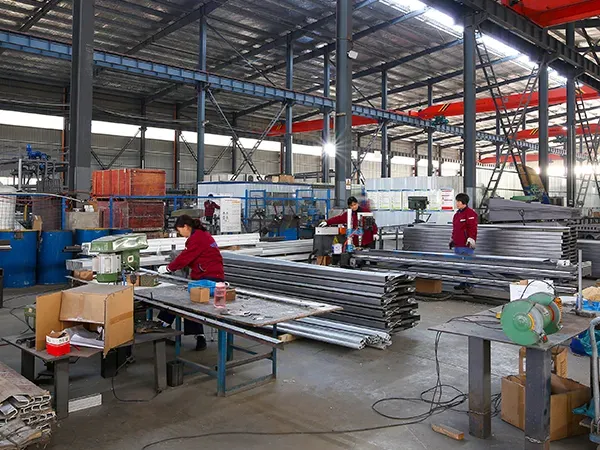
All parameters are indispensable to the production of a perfect process, and their reasonable settings can not only significantly improve production efficiency, but also bring significant economic benefits for the enterprise. Therefore, in actual operation, the parameters need to be measured and adjusted accurately to ensure that the quality and performance of tempered glass reaches the best state.




